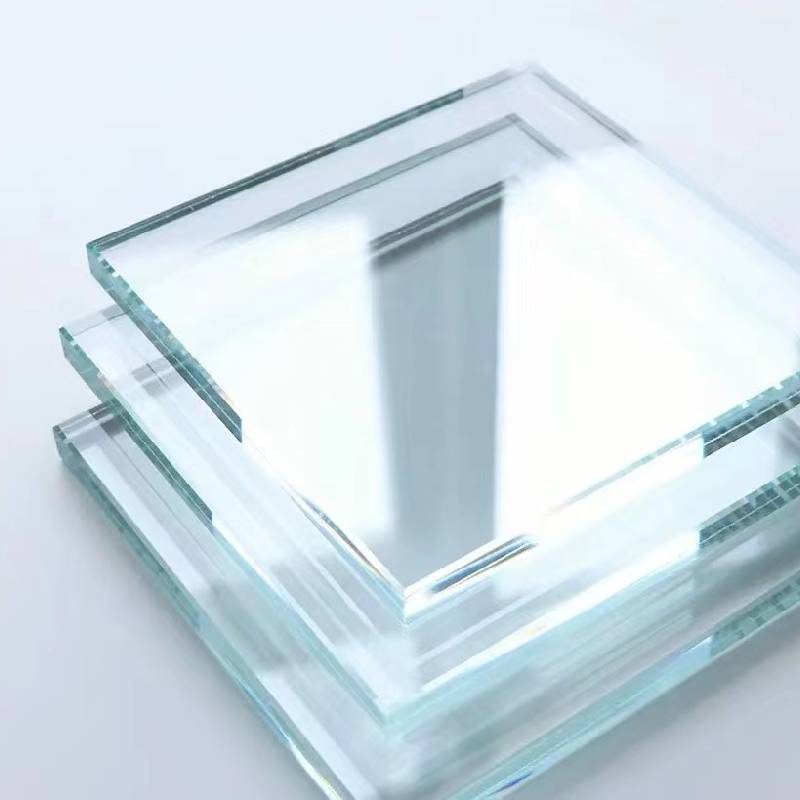

The Benefits of Energy-Efficient Low-E Glass
In an era where energy conservation is more critical than ever, the quest for innovative solutions has led to the development of energy-efficient low-emissivity (low-E) glass. This type of glass is becoming increasingly popular in both residential and commercial buildings, thanks to its ability to significantly enhance energy efficiency while maintaining aesthetic appeal.
The Benefits of Energy-Efficient Low-E Glass
One of the most significant advantages of low-E glass is its contribution to thermal insulation. Traditional glass windows can be responsible for a substantial amount of heat loss in buildings; however, low-E coatings can reduce this heat transfer by up to 70%. In colder climates, this means that homes and offices can maintain a comfortable temperature with less energy input, promoting sustainable living. Conversely, in warmer areas, low-E glass helps keep out excessive heat, reducing the need for air conditioning and thus saving energy.

Moreover, low-E glass contributes to maintaining a consistent indoor environment. By reducing the UV rays entering a space, it helps protect furnishings, flooring, and artwork from fading due to sun exposure. This preservation of interior integrity is particularly important for businesses showcasing products or in residential spaces where aesthetic appeal is a priority.
The environmental benefits of low-E glass cannot be understated. By decreasing a building’s energy demand, it also contributes to lower carbon emissions, therefore playing a vital role in combating climate change. The use of energy-efficient materials like low-E glass in construction aligns with global sustainability goals and allows individuals and businesses to contribute positively to the planet's health.
In addition to its energy-saving capabilities, low-E glass offers versatility in design. It is available in various forms, including double and triple-glazed units, allowing for customization according to specific architectural needs. Whether it’s a modern office building or a traditional home, low-E glass can be integrated seamlessly, enhancing the overall aesthetic without compromising functionality.
In conclusion, energy-efficient low-E glass represents a significant advancement in building materials, merging energy conservation with modern design. Its benefits range from substantial energy savings and reduced environmental impact to increased comfort and preservation of interior spaces. As awareness and demand for sustainable building practices grow, low-E glass is likely to become an integral part of the construction industry, paving the way for a greener future. Embracing such technologies is not merely a trend; it is a necessary step towards sustainability in our ever-evolving society.